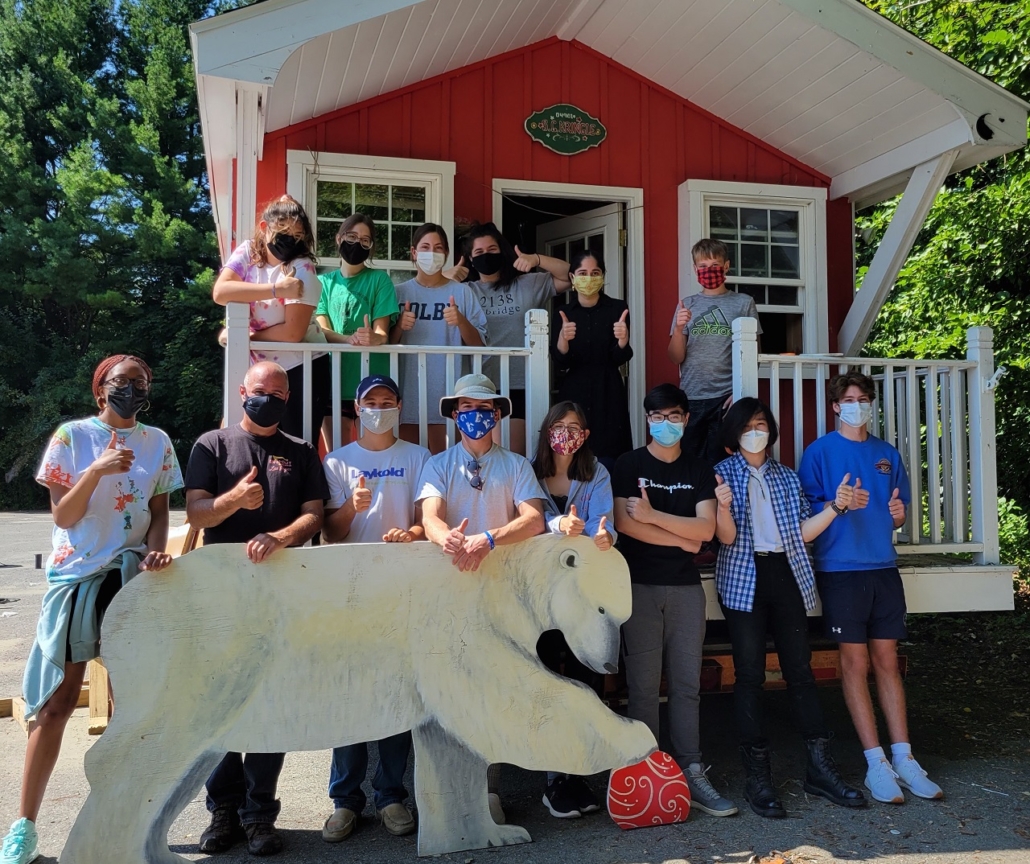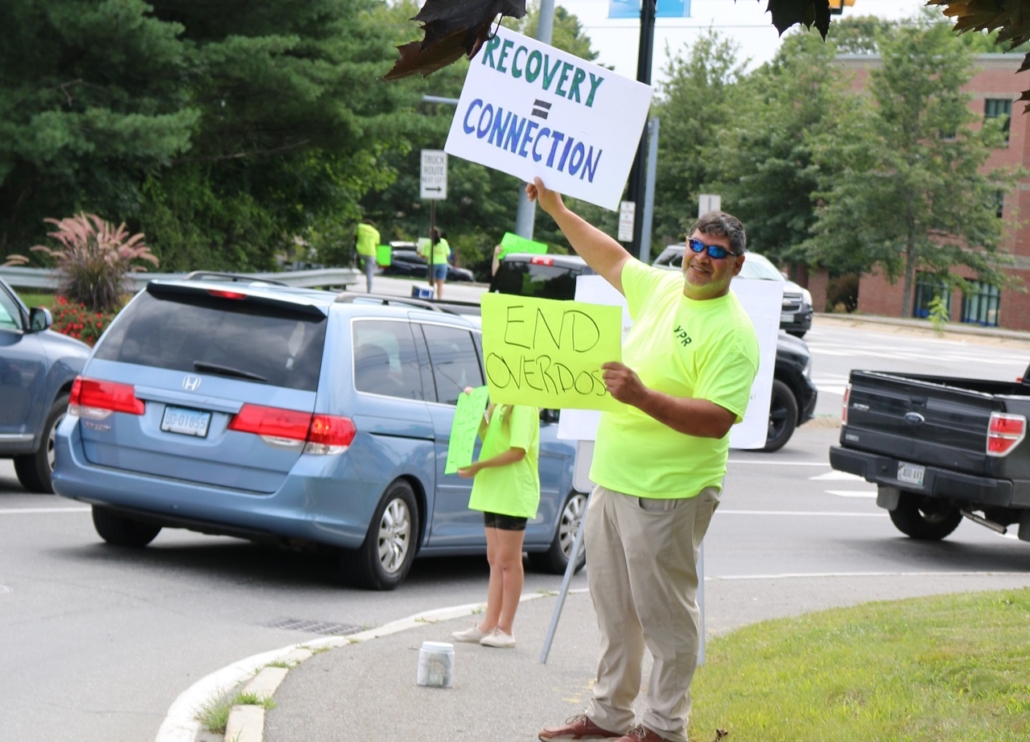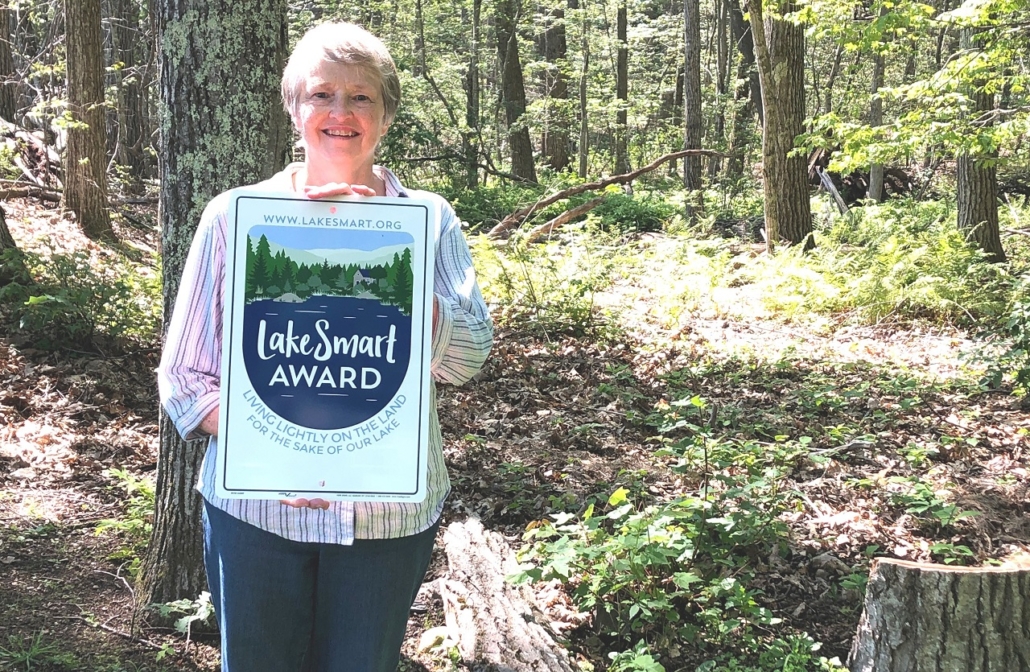Another year of outstanding water quality at Sheepscot

PURPLE SKIES: Ashley Wills, of Palermo, photographed this unusual sunset over Sheepscot Lake recently.
by Carolyn Viens
All who pause to look out at our Maine lakes see a beautiful natural marvel, but how do we know if a lake is as healthy and vibrant as it looks. The answer is through water testing and the Sheepscot Lake Association (SLA) is committed to the task. Throughout each summer the lake association tests for water clarity, dissolved oxygen from the surface down to the deepest part of the lake, and for phosphorous. SLA founding member Beth Bond initially ran the monitoring for the lake association for several years, and for the last five years the testing has done by Lake Steward of Maine Certified Lake Monitors Ursula and Joe Burke of the SLA board.
The water clarity is tested using a Secchi disk and scope. The Secchi disk is a plain black and white circular disk 30 cm (12 in) in diameter used to measure water transparency or turbidity in bodies of water. The disc is mounted on a tape measure and lowered slowly down in the water. The depth at which the disk is no longer visible is taken as a measure of the transparency of the water. This measure is known as the Secchi depth and is considered the standard methodology for measuring water clarity. The last test revealed a clarity to 16.1 feet, over an inch better than state average.
The SLA monitor also tests for dissolved oxygen using a YSI Pro 20 dissolved oxygen meter, and for phosphorus. The measure of total phosphorus in Sheepscot averages 7 ppb (parts per billion). The state average for tested lakes is 12 ppb. This is good news as phosphorus is a nutrient that feeds algae, and the lake has been fortunate not to have had any algal bloom.
Phosphorous is our primary concern these days. When this natural element lands in the water algae thrives on it. It comes from soil that’s washed into the lake from rain and snow melt as well as from fertilizer and leaking septic systems. Human development along lake shores results in five to ten times more phosphorous than from undeveloped land. There is also a threat of additional phosphorous from fish die-offs, such as when alewives, should they be in a lake, spawn and, during low water years, cannot leave the lake at the end of their cycle.
The SLA also coordinates the LakeSmart program which helps lakefront homeowners understand how their property impacts the lake and how to reduce that impact. If you are a lake homeowner and interested in having your property evaluated, please email us at sheepscotlakeassoc@gmail.com for a free evaluation.
In addition to the lake quality testing regularly performed and the LakeSmart program, we also continue to run an invasive plant patrol, a courtesy boat inspection (CBI) program funded in part by grants from the Town of Palermo and Maine DEP. The CBI team regularly inspects boats entering and exiting Sheepscot via the boat launch. The goal is to identify any invasive species foreign to our lake prior to a boat being launched.
At our annual meeting this year we transitioned the presidency of the lake association board from Slater Claudel to board member Maria O’Rourke. Thank you, Slater, for your years of dedicated service to SLA. We also welcomed John Curtain to our board. John, in addition to Jeff Levesque and Chrissy Doherty, will be taking over the water quality monitoring program from the Burkes. We appreciate their years of dedication to this important role, thank you Joe and Ursula!
Sheepscot Lake is a wonderful resource for all Palermo residents and visitors to enjoy. With the continued attention to the health of the lake by all, we will help it thrive for many, many years to come. To learn more about how you can help protect Sheepscot, and to join us in our efforts to monitor and maintain this treasure please contact the lake association at sheepscotlakeassoc@gmail.com. Enjoy the remainder of the summer.









 Hope’s Place for grieving children, a program of
Hope’s Place for grieving children, a program of 

